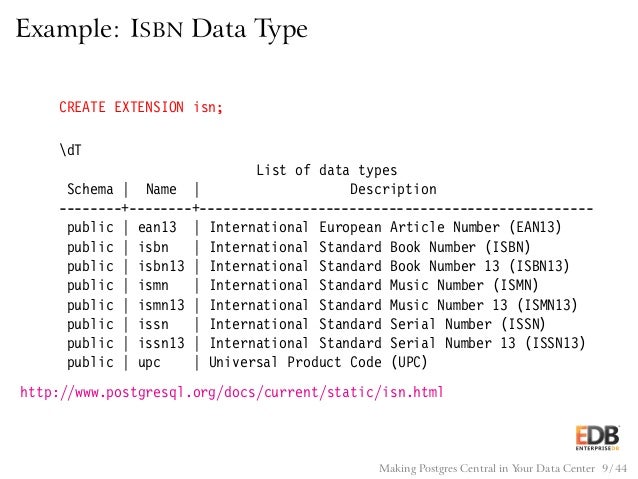How To Populate Serial Key Field Postgres Insert Statement
I am in the process of converting a java application from MS SQL
- Serial Key Crack
- Filmora Serial Key
- How To Populate Serial Key Field Postgres Insert Statement Example
- Serial Key Games
(2 replies) Hi all, Is there any SQL statement to PostgreSQL that will allow me to insert rows with a specified value for the SERIAL value. I know this is not what you want to do normally, but I'm trying to provide a kind of general export and import function to a generic database. Since there exists foreign key values in instances of other tables that point into field values for a table that. Hi This is the scenario. I start with a clean database. I lift sails in dev mode and it creates the tables. Then, I populate the tables with some data from a file containing many sql insert statements. Postgres: A record with that `id` already exists. In mysql it is called auto_increment primary key and in postgres it is called serial.
Server over to Postgres. The application heavily abstractsinteraction with the database and unfortunately appears to be making
Serial Key Crack
some assumptions about functionality available within SQL Serverthat I can't find information on duplicating inside of Postgres. The
one bit that I'm currently having the largest issue with is the
@@IDENTITY property. For those not familiar with SQL Server,
performing 'SELECT @@IDENTITY' allows a user to retrieve the primary
key of the last row inserted into a table (assuming the table is
using an identity column as the primary key). In order for this to
work the SELECT must occur immediately after the insert on the same
connection. Any other SQL statements executed on that connection
 will result in resetting of @@IDENTITY either to the next identity
will result in resetting of @@IDENTITY either to the next identityvalue if an insert occurs or NULL otherwise. This is somewhat
restrictive but under the right conditions works exceedingly well.
I've done some searching through the mail archives but the only
instances of @@IDENTITY that I can find are two top-level questions
that don't appear to have any answers :( Searching through the
archives to find information on SERIAL types is a bit of a chore
with searches regularly returning > 1000 hits with the first several
hundred being non-topical. A pointer to the top level of a relevant
thread would be most welcome.
Reading through the documentation I am under the impression that I
could write a PL/PGSQL function that would select the next value of
 an implicitly created sequence based on the serial datatype and then
an implicitly created sequence based on the serial datatype and thenperform an insert with that selected value and then return the value
from the function. But...
I sincerely hope that is not the only method of doing this becuase
that would mean that I have a LOT of code to rewrite.
Does anyone have any joy to share with me?
rjsjr
- PostgreSQL Tutorial
- Advanced PostgreSQL
- PostgreSQL Interfaces
- PostgreSQL Useful Resources
- Selected Reading
PostgreSQL has the data types smallserial, serial and bigserial; these are not true types, but merely a notational convenience for creating unique identifier columns. These are similar to AUTO_INCREMENT property supported by some other databases.
If you wish a serial column to have a unique constraint or be a primary key, it must now be specified, just like any other data type.
Filmora Serial Key
The type name serial creates an integer columns. The type name bigserial creates a bigint column. bigserial should be used if you anticipate the use of more than 231 identifiers over the lifetime of the table. The type name smallserial creates a smallint column.
Syntax
How To Populate Serial Key Field Postgres Insert Statement Example
The basic usage of SERIAL dataype is as follows −
Serial Key Games
Example
Consider the COMPANY table to be created as follows −
Now, insert the following records into table COMPANY −
This will insert seven tuples into the table COMPANY and COMPANY will have the following records −